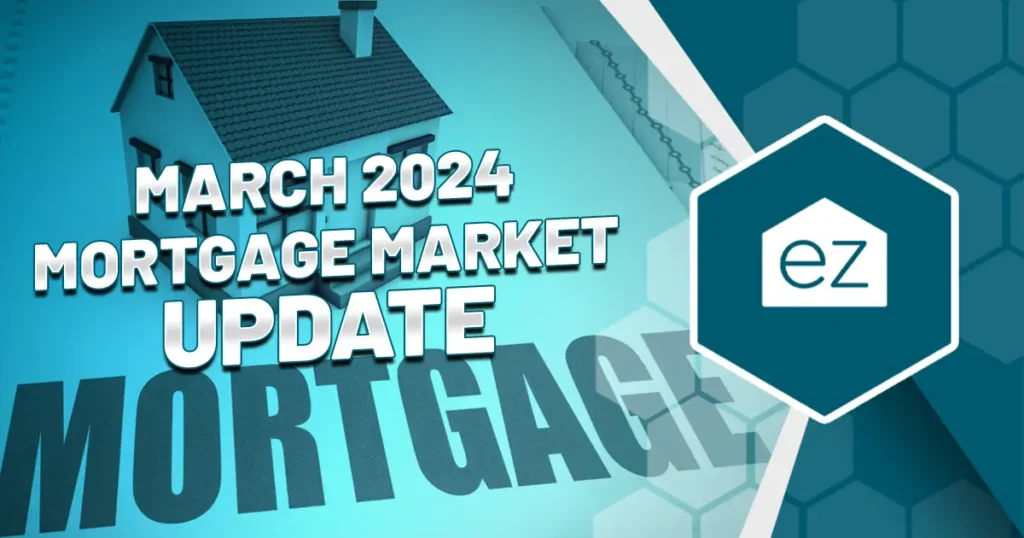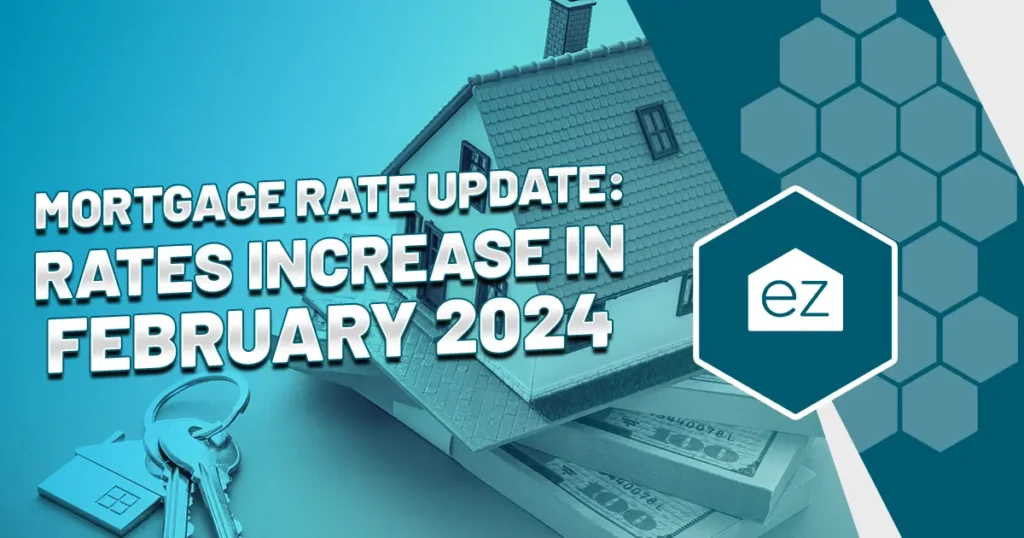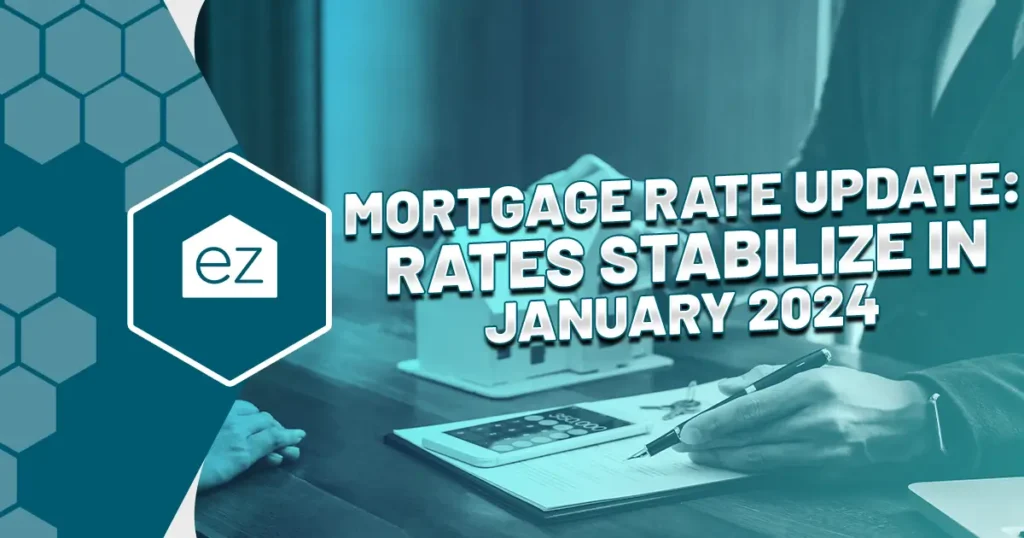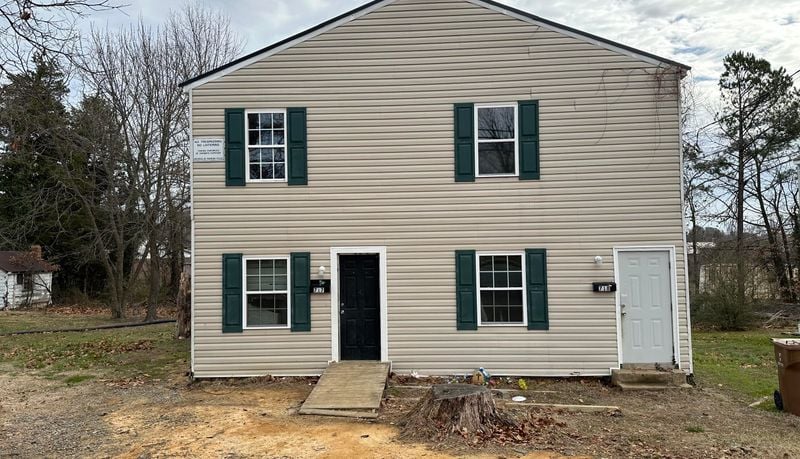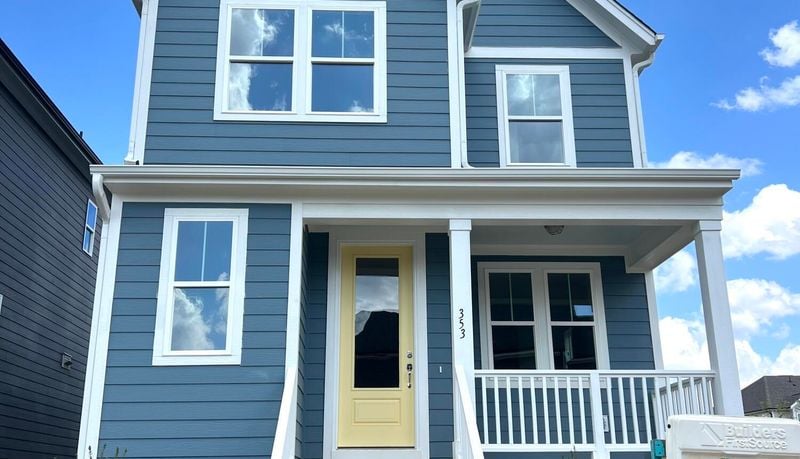Will Conforming Loan Limits Increase for 2022?
Will Conforming Loan Limits Increase for 2022?
If your lender has mentioned conforming versus non-conforming loans, you may be confused. Don’t be. Conforming loans are the primary type of financing homeowners receive. A conforming loan simply means your terms meet defined criteria that enable the originator to insure and sell the mortgage. Learn all you need to know about conforming loans and changes for 2022.
What do conforming loan limits mean?
Conforming loan limits refer to the maximum amount the two government-backed institutions, Federal National Mortgage Association (or Fannie Mae) and the Federal Home Loan Mortgage Corp (Freddie Mac), will purchase or guarantee a mortgage. Mortgages that fall under this cap and meet the institution’s other criteria for backing these loans are called conforming loans.
How are conforming loan limits determined?
Since housing values appreciate over time, the Housing and Economic Recovery Act (HERA) of 2008 mandated that the conforming loan limit be adjusted each year to reflect the average home price changes. The limit is set by the Federal Housing Finance Agency (FHFA) and announced in November for the following year. The FHFA looks at the October year-over-year percentage change in the average house price reported by the Federal Housing Finance Board (FHFB) to adjust the conforming loan limit.
While there is a baseline conforming loan limit, each county has a baseline conforming loan limit. This allows for more expensive areas where the local median home value is above the baseline conforming loan limit (think: New York City, Seattle, San Francisco) to have their maximum loan limit reflect the higher housing values. Go here to find a breakdown of conforming loan limits by all counties in the United States.
However, the HERA limits the ceiling on any limit increases due to local median home values to 150% of the baseline loan limit. The median home value must exceed the baseline conforming loan limit by at least 115%, like in San Francisco, New York City, or Washington, D.C. For example, in Alaska, Hawaii, Guam, and the U.S. Virgin Islands, the baseline loan limit was $822,375, which was 150% of the baseline conforming loan limit.
How much will conforming loan limits increase in 2022?
Surging home prices during 2021 make it likely the FHFA will increase the conforming loan limit for 2022. Some mortgage lenders are already offering what they are calling conforming loans with a $625,000 limit, which is $76,750 above the 2021 conforming loan limit. The 2022 conforming loan limit won’t be made official until late November 2021.
What happens if a loan is above conforming loan limits?
Any mortgage above the conforming loan limit is known as a non-conforming or jumbo mortgage. These types of financing often have higher interest rates than conforming mortgages because they are a higher risk for the lender.
Besides seeking a jumbo mortgage, your other options as a home buyer to stay within the conforming loan cap are:
- To increase the down payment to lower the financed amount and meet the conforming loan limit.
- Take out two loans, like a Federal Housing Administration (FHA) loan and a conforming loan.
History of conforming loan limit increase
The national conforming loan limit for mortgages on single-family one-unit properties increased from $33,000 in the early 1970s to $417,000 for 2006-2008, with limits 50% higher for four statutorily-designated high-cost areas like Alaska and Hawaii.
A permanent formula was established with the Housing and Economic Recovery Act of 2008 (HERA). All loan limits since 2008 have followed the HERA guidelines. The conforming loan limit was stable at $417,000 until 2016, when it began to increase.
In 2021, the baseline conforming loan limit for one-unit properties was $548,250, which was a 7.42% increase ($37,850) over 2020. The predicted nearly 14% increase for 2022 would be the largest in the conforming loan limits’ history.
What are the benefits of meeting the conforming loan limits?
Conforming loans usually have a lower Annual Percentage Rate (APR) which reduces the loan origination costs and your total lifetime mortgage cost. The lower APR from these conventional loans additionally results in lower monthly payments for the borrower.
Traditional lenders prefer working with conforming loans because Fannie Mae and Freddie Mac insure the loans, making them easier and safer to sell. They are more apt to approve your mortgage if it conforms to the terms.
Why pay attention to conforming loan limits?
The average home buyer benefits from the lower interest rates afforded by conforming loans. It can save you money in the long term and opens up the number of lenders you can work with, as most conforming loans are conventional financing.
However, you aren’t limited to financing with conforming loans. Homeowners can take advantage of jumbo loans and other forms of alternative financing to make purchasing their ideal home obtainable.
If you have any questions about conforming loan limits and how it could impact your home purchase in 2022 or beyond, contact EZ Home Search. We are here to be your Carolina real estate resource.
Start Your Home Search
Preston Guyton
Share this Post
Related Articles
Mortgage News
April 2024 Mortgage Market Update
Mortgage News
Can A Reverse Mortgage Help You In Retirement?
Mortgage News
Mortgage Rate Update: Rates Increase In February 2024
Mortgage News

